Camera traps have been a key part of the conservation toolkit for decades. Remotely triggered video or still cameras allow researchers and managers to monitor cryptic species, survey populations, and support enforcement responses by documenting illegal activities. Increasingly, machine learning is being implemented to automate the processing of data generated by camera traps.
A recent study published showed that, despite being well-established and widely used tools in conservation, progress in the development of camera traps has plateaued since the emergence of the modern model in the mid-2000s, leaving users struggling with many of the same issues they faced a decade ago. That manufacturer ratings have not improved over time, despite technological advancements, demonstrates the need for a new generation of innovative conservation camera traps. Join this group and explore existing efforts, established needs, and what next-generation camera traps might look like - including the integration of AI for data processing through initiatives like Wildlife Insights and Wild Me.
Group Highlights:
Our past Tech Tutors seasons featured multiple episodes for experienced and new camera trappers. How Do I Repair My Camera Traps? featured WILDLABS members Laure Joanny, Alistair Stewart, and Rob Appleby and featured many troubleshooting and DIY resources for common issues.
For camera trap users looking to incorporate machine learning into the data analysis process, Sara Beery's How do I get started using machine learning for my camera traps? is an incredible resource discussing the user-friendly tool MegaDetector.
And for those who are new to camera trapping, Marcella Kelly's How do I choose the right camera trap(s) based on interests, goals, and species? will help you make important decisions based on factors like species, environment, power, durability, and more.
Finally, for an in-depth conversation on camera trap hardware and software, check out the Camera Traps Virtual Meetup featuring Sara Beery, Roland Kays, and Sam Seccombe.
And while you're here, be sure to stop by the camera trap community's collaborative troubleshooting data bank, where we're compiling common problems with the goal of creating a consistent place to exchange tips and tricks!
Header photo: Stephanie O'Donnell
- @Adwait
- | He
Postdoc at Max Planck Institute of Animal Behaviour
- 0 Resources
- 0 Discussions
- 4 Groups
Holder of BSc in Applied Zoology. Assistant Ecologist at Ruaha National park.


- 0 Resources
- 7 Discussions
- 12 Groups
University of Zurich
PhD student at the University of Zürich (CH) in PopEcol group, working with camera traps and mammals
- 0 Resources
- 0 Discussions
- 8 Groups
World Wide Fund for Nature/ World Wildlife Fund (WWF)
- 0 Resources
- 2 Discussions
- 5 Groups
- 0 Resources
- 0 Discussions
- 5 Groups
- @LucyD
- | She/Her
Software developer and wildlife ecologist

- 0 Resources
- 2 Discussions
- 5 Groups
- @sroilo
- | she/her
- 0 Resources
- 0 Discussions
- 4 Groups
- @nabilla.nuril
- | She/Her
University College London (UCL)
- 0 Resources
- 0 Discussions
- 11 Groups
Ecosystem Intelligence Lead at Wedgetail, living in Lutruwita/Tasmania
- 0 Resources
- 1 Discussions
- 2 Groups
- @Muzna
- | She, Her
Muzna Kashaf is a dedicated herpetologist who recently achieved her MPhil, showcasing her commitment to advancing knowledge in the field. Her research focus lies in amphibians, and she has utilized Geographic Information Systems (GIS) to enhance precision of her studies.

- 0 Resources
- 6 Discussions
- 2 Groups
- 0 Resources
- 6 Discussions
- 3 Groups
Panthera

- 0 Resources
- 2 Discussions
- 1 Groups
From Max Farrell on Twitter: "New paper comparing eDNA and camera traps for tracking waterhole visitation. We took pictures, analyzed DNA in drinking water, built a reference library for vertebrates in the Kruger, and...
19 September 2022
The European Biodiversity Partnership Biodiversa+, co-funded by the European Union, has launched a call for research proposals on “Improved transnational monitoring of biodiversity and ecosystem change for science and...
14 September 2022
At the Inria Sophia Antipolis - Méditerranée center. The project will pursue two different methodological goals: (1) explore the use of natural language bottlenecks describing visible traits or other visual...
1 September 2022
Boost cons tech capacity at an international NGO! Fauna & Flora International is offering a paid three-month internship to consolidate and share best practices for the application of emerging hardware and software...
26 August 2022
The Department of Wildlife, Fish, and Environmental Studies (WFE), SLU, Umeå, is looking for a postdoc with strong interests in wildlife conservation technology.
26 August 2022
Careers
Job opening at ARISE, an innovative program in the Netherlands to build a digital infrastructure for biodiversity data and services
19 August 2022
Are you creative, love new challenges and have experience developing software? The Wildlife Insights team is hiring! Join a diverse team of ecologists, data scientists, engineers and machine learning experts to protect...
10 August 2022
Hi folks! I built out a human-in-the-loop annotation platform for Felidae Conservation Fund, a SF-Bay Area nonprofit last Fall using MegaDetector. I'm looking for feedback from this amazing community around areas of...
10 August 2022
Press Release for International Tiger Day – July 29th, 2022: For the first time ever, wild tigers and their prey have been detected by AI-powered, cryptic cameras that transmit the images to the cell phones and...
5 August 2022
Careers
WCS Canada is seeking a Data Technician with a keen eye for detail to support its Wolverine Conservation Program. The Data Technician will be responsible for classifying wildlife photos taken with motion-sensor cameras...
29 July 2022
Two postdoc positions are now accepting applications for an NSF-funded project integrating data from museums, iNaturalist, and camera trapping data from the Snapshot USA annual survey.
11 July 2022
Careers
The Survey Coordinator is a 3 year role that will assist Program Managers in recruiting. training and retaining participants in a nation-wide camera trapping program
9 June 2022
June 2025
July 2025
July 2023
event
June 2023
58 Products
Recently updated products
4 Products
Recently updated products
| Description | Activity | Replies | Groups | Updated |
|---|---|---|---|---|
| Hi everyone,We all know camera traps are great at telling us what species showed up, where and when—and sometimes even ... |
|
Camera Traps, Data management and processing tools | 12 hours 2 minutes ago | |
| We have spent the past 9 months taking the lessons learnt from the AMI system to build an automated moth monitoring system... |
|
Autonomous Camera Traps for Insects, Camera Traps | 1 day 8 hours ago | |
| Lively and informative discussion, I would very much like to contribute if there is some active development work with regards to this. I have recent experience with using... |
+31
|
Data management and processing tools, Camera Traps, Software Development | 5 days 23 hours ago | |
|
|
Latin America Community, Acoustics, AI for Conservation, Camera Traps, Drones, Early Career | 2 weeks 6 days ago | ||
| @LukeD, I am looping in @Kamalama997 from the TRAPPER team who is working on porting MegaDetector and other models to RPi with the AI HAT+. Kamil will have more specific questions. |
|
AI for Conservation, Camera Traps | 3 weeks ago | |
| Hi Ștefan! In my current case, I am trying to detect and count Arctic fox pups. Unfortunately, Arctic fox does not seem to be included in the training data of SpeciesNet but... |
+16
|
AI for Conservation, Camera Traps | 3 weeks 1 day ago | |
| Interesting. Thanks for the explanation. Nice to hear your passion showing through. |
|
AI for Conservation, Camera Traps, Data management and processing tools, Open Source Solutions, Software Development | 3 weeks 3 days ago | |
| Weeks with continuous inference would require a pretty big battery. I expect you would need some kind of customisation and maybe quite a bit of compromise to last weeks and on a... |
|
Camera Traps | 3 weeks 3 days ago | |
| 📸 Do you use camera traps in your work? Take part in our survey!Hi everyone! I’m currently a final-year engineering... |
|
Camera Traps, AI for Conservation, Data management and processing tools, Open Source Solutions, Software Development | 3 weeks 4 days ago | |
| That's great! |
|
Camera Traps | 1 month ago | |
| True, the US ecosystem is a challenging space right now, for basically all sectors. We should not let the US chaos prevent us from engaging with opportunities in other... |
|
AI for Conservation, Camera Traps, Connectivity, Drones, Emerging Tech, Ethics of Conservation Tech, Marine Conservation, Sensors | 1 month 1 week ago | |
| Yes, I know about this big limitation,As far as I know they are working to increase the coverage available for this solution.For trusted developers, there are more regions... |
|
Connectivity, Camera Traps | 1 month 1 week ago |
Technology for Wildlife and the Looming Spectre of E-Waste
3 May 2019 12:00am
ST60 Contactless Connection over 60GHz short range RF module
26 April 2019 10:16am
Who can construct an experimental camera trap device?
11 April 2019 9:59pm
17 April 2019 9:49am
Morning all - I'm new here and I'm just getting my feet wet as I look around the issues du jour.
Thinking about this proposition (a detection and response combination) and its use in aversion measures (example - discourage the carnivore from following the track to the village), it may be worth bearing in mind an architecture where the detection and response systems are logically separable, so that although they CAN be run as a single physical unit, they could also relatively simply be evolved to support a two-station (or more) model where a "guard" detector sets off an "alarm" response in one or more other units.
All it means in design terms is that the two logical sub-systems (detect and respond) communicate via a message-oriented interface rather than being tightly integrated through, say, shared memory.
19 April 2019 10:32am
Thanks Andy, I didn't realize the potenial of such solution in aversion measures.
Camera-trapping best-practices
15 June 2016 4:25pm
5 February 2019 11:59am
Hi everyone,
I thought I'd update this thread, because the results of our camera trap survey have finally(!) been written up and published.
See the article Camera‐trapping version 3.0: current constraints and future priorities for development, lead by @P.Glover.Kapfer .
We cover a lot in there, so hopefully there's something interesting/useful for everyone.
Fire away with any Q's or discussion
Thanks
Ollie
29 March 2019 11:09am
Hi Ollie
As a newbie to camera trap data, this makes interesting reading.
Just to check my understanding on terminology, in Figure 5, the reference to "Automatic filtering of blanks" - did that refer to eliminating false positives, so reducing the number of images that are not of interest ?
Andy
16 April 2019 12:58pm
Hi Andy, yep you've got that exactly right. False positives.
Glad you found it interesting. Thanks,
Ollie
#Tech4Wildlife Photo Challenge: Our Favourites from 2019
3 March 2019 12:00am
Arribada Initiative Update: Testing our prototype thermal cameras with elephants in India
1 March 2019 12:00am
Getting up close and personal with Antarctica's orcas
4 February 2019 12:00am
Troubleshooting: Trophy Cam Agressor
26 November 2018 6:53pm
25 January 2019 3:21am
Ok no problem Peter. My colleague Neil Jordan works in Botswana, as does Lucy Ransome (who is heading there in April). Otherwise, do you have a contact I can send it to so they can get it to you?
Cheers and thanks again for the interest.
Rob
26 January 2019 7:24pm
Neil was who I was thinking of. I'm not sure when he plans to next be here.
Peter
26 January 2019 11:39pm
Hi Peter, Ok cool, I'll ask him. I know Lucy is heading back over in a couple of months for sure though, so happy to give it to her for you.
Cheers,
Rob
Troubleshooting: Trophy Camera Brown, Bushnell
14 November 2018 1:01am
26 November 2018 2:57pm
Hi Marisa,
It sounds like the Iris on the lens may be stuck open or its been drifting into an open position (hence why you could see images for a while, but now the image is completely whited out). Is there the ability to alter the lens Iris on the camera?
If you can view what the image looks like directly from the camera (is there an ability to view the fiield of view as you set thecamera up?) you should see the same problem if the Iris is wide open.
Try and isolate the problem step by step to rule out each element of the technical system, whenever you have a technical fault. In this instance there isnt much that you have to play with on a simple trail camera. It would seem the power supply is OK because images are being captured (even though they are whited out) and the PIR is functioning to trigger the images. Check the SD card you are using works OK in another camera to rule that out as the problem too. Are the settings on this camera the same as others that are working correctly? If not alter them too.
There is also a detachable anti reflective LED cover on this Bushnell. Check its not been slipping over time and bouncing the LED illumination directly into the camera lens. That would white images out to varying degrees too.
Best,
Dave
Southern right whale superpod blows a hole in the record books
22 November 2018 12:00am
Canopy cameras shed new light on monkey business in Brazil
22 November 2018 12:00am
Camera traps designed for animals are now invading human privacy
22 November 2018 12:00am
A technologist's journey to protect wildlife: The reality and potential of conservation technology (recorded talk)
22 November 2018 12:00am
Data Needed: Mitigating rhino poaching through multimedia data mining
27 September 2018 3:43pm
28 September 2018 11:54am
Hi Steph,
Yes, my project objective is to detect rhinos and invaders at the sametime through videos not images. The tool is to be used by the game farm owners in order to protect the rhinos, well by invaders I imply the poachers.
Thank you very much for the information, yes I need funding as a realtime data will be advantageous for the better prediction. As we all aware mining videos is challenging as compared to images as videos are un-structured data.
Keep in touch.
Sibusiso
7 October 2018 3:26pm
Greetings Everyone,
Last week I have written to this community with regards to video data for attempting to analyse videos with rhino community, in order to conduct my research for object detection, object behaviour analysis and invader detection in a protected game farm. Seems It might take time to get such data, I wish to state it clear that the idea is to understand object detection, invader detection and behaviour analysis for wildlife animals and I focused on rhinos because thats what is dangered in my country (South Africa).
Nontheless, if now we dont have specific videos for rhinos, I still welcome video data for elephants. If again there are no video data, I can work on the images of both rhinos and elephants. As we know videos are just a set of continous images linked. For me to conduct my PhD research I depend on data and surely as the project progress, maybe we might find one or two videos that can use to justify my solution. So in simple, anyone who has elephant or rhino images can assist, as both of this wild animals are attcked by poachers for various reasons.
As the objective is to mitigate the poaching of the wild animals through multimedia data mining.
Please assist a fellow researcher...:)
Thanking you in advanced.
Regards
Sibusiso
25 October 2018 1:44am
Hi Sibusiso,
Are you looking for huge data sets or would vacation pictures (mostly Uganda) of elephants be of any help to you?
Cheers, Nigel
Drones, Orangutans, and Strangler Figs in Malaysian Borneo
22 October 2018 12:00am
Biology Undergrad Attempts Automated Species Recognition Using MacBook Air and Google
1 October 2018 12:00am
Recommendations Needed: Submersible Camera Traps
13 July 2018 3:15pm
13 August 2018 8:50pm
Hi @Chloe+Aust - great to see that you've found the right GSM camera trap for your needs. I was following this thread with interest as well: https://www.wildlabs.net/community/thread/388. A friend who works with underwater equipment said that he had some ideas. I'll put you in touch - it would be great if you can discuss via this thread so others can see his recommendations as well.
14 August 2018 1:38am
Hi Chole, there is a fellow named Sebastian Kennerknecht who is a camera trap wizzard. He has done a ton of work for Panthera. He might be a guy you want to speak with. You can find him on FB or I can privatley connect you. And, we should put your findings on the forum here so everyone can benefit.
24 August 2018 3:51pm
Amaxing, thank you! We had to put them out already so have gone with the super-tech solution of a *very* high pole for now but will look at speaking to Sebastian, or with your contact Rachel if that fails. Thank you so much! Chloe
Call for citizen scientists to help unravel the mysteries of South Sudan’s forests
22 August 2018 12:00am
The unexpected difficulty of getting videos from the field
25 July 2018 12:00am
New Paper: Automatically identifying, counting, and describing wild animals in camera-trap images with deep learning
7 June 2018 5:04pm
20 July 2018 3:58pm
Thanks, Steph. The camera trap ML nerds among us will have seen drafts of this kicking around in pre-print for a while now. Very cool to see it out finally.
I'll also draw everyone's attention to another study (involving some of the same authors) which has just come out in draft form: "Machine learning to classify animal species in camera trap images: applications in ecology".
2018 Browning Trail Cameras
27 May 2018 9:30pm
Recommendations Needed: Infrared/Thermal Cameras to Install in conservation perimeter fence
17 May 2018 8:06am
Feedback Needed: Time lapse imagery
15 May 2018 11:36am
[ARCHIVED]: Camera trapping workshop, London
14 May 2018 12:38pm
Recommendations Needed: Best sensors and cameras to install along fence gaps in a conservancy
16 April 2018 10:38am
2 May 2018 12:27pm
Hi Damian,
This may be part of your conversation with Alasdair and the ZSL team already, but you might want to connect with @Institute+IRNAS as well. They're collaborating with Alasdair's Arribada Initative, ZSL and others to tackle some of the challenges you've also been looking into (e.g LoRA systems). There's some more info about their work here: http://irnas.eu/conservation
Luka (if it is indeed you who is manning the Institute IRNAS member profile here on wildlabs), maybe you can jump in here?
Steph
2 May 2018 1:16pm
Hello Stephanie,
Thank you for the Introduction. This is nice and I think they can be very helpful to us at this moment. Especially on the acoustic sensors and LoRa network setup initiative.
Looking forward to getting intouch with them.
Regards,
Damian
7 May 2018 11:04am
Hi Damien,
Lora technology enables a range of very efficient solutions that you can deploy over a large area. We provide consultancy and field support for deploying such networks and work with Arribada team on developing custom hardware solutions for various applications in the conservation field. I suggest you explore the existing options and let us know if you need more customized solutions.
Regards,
Luka
Institute IRNAS
Recommendations Needed: Camera for remote work using Irriduim for image upload
15 February 2018 1:02pm
9 April 2018 12:30pm
Hi swinnard,
we have built a system this year for Arribada Initiative http://blog.arribada.org/ that is working closely with ZSL that implements the functions you require to a large extent. The Arribada FMP device is open source open hardware and you can find more details here: https://github.com/IRNAS/arribada-fmp
The device has the following features:
* Solar powered
* Built-in camera
* RockBlock Iridium modem
* WiFi and LoraWAN communications (not required in you application)
* Ultrasonic distance sensor (not required in you application)
We have built a version of this device for Arribada Penguin monitoring: https://github.com/IRNAS/arribada-pmp which captures images hourly on Antarctica of penguins and stores to the SD card, without the Iridium comunication.
Note that the cost of Iridium system may be prohibitively expensive, see http://www.rock7mobile.com/products-rockblock
2000 credits for 800GBP will give about 100MB of capacity, which can translate to about one photo per day if a compressed resolution is sufficient. A full HD image will for example be 2.4MB.
A more optimal method would be to take a photo several times a day, process them using OpenCV or other image processing library to determine if the image is interesting and then send it via Iridium. This can save some data as well as generate interesting photos. All of them can be stored to the SD card and retrieved at a later point.
16 April 2018 3:26pm
Hi Institiue IRNAS,
Thank you very much for your response, it is very helpful information.
I will have a look in more detail into your camera. For us it is not possible to choose photos to be sent back, we need them all to come back via irridium, so it is definitely the part of the project that can quickly become cost prohibitive.
I've been in touch with a research group that used an Instant Detect camera from ZSL which they now want to sell, so I may well end up using that system. If not though, the system you are using looks great.
Thanks for sharing it with me.
26 April 2018 11:39pm
Dear All
Our group in Australia has developed a device for monitoring wild dogs/dingoes in remote areas and have a fully authomated system using Iridium and or 3-4G if available. This device is officially called Wild Dog Alert Node and will be capable of being deployed into remote areas, gathering image data using a unique sensor system, processing the image and sending it to the cloud where it is identified as a wild dog-dingo and an alarm is immediately triggered. In our case it is to prevent predation on livestock but this technology could easily be modified for any species. The R&D is being refined and we are expecting to start disseminating information soon in both scientific papers and general media https://invasives.com.au/research/wild-dog-alert
Conservation Technology User Guidelines Issue 4: Satellite remote sensing for conservation
23 April 2018 12:00am
Data Needed: Camera trap images for machine vision training
29 March 2017 8:06pm
29 January 2018 6:40pm
Just chiming in, and this might not be helpfull at all.. but I recently came across a blogpost about 'building the poor man's deep learning camera'. Especially as it touches https://www.makeartwithpython.com/blog/poor-mans-deep-learning-camera/
7 February 2018 3:22pm
Hey, this is really interesting @theraido, thanks for sharing. Kirk has a nice writing style that's really easy to understand.. to the point where I feel lulled into confidence that I'd be able to replicate the project without too much fuss (I suspect this might be rather a strong case of over confidence). I was also amused that waiting for the birds to appear at the feeder seemed to be the slowest part of the project.
It looks like it's going to be a series of tutorials, with the goal being to build an open platform for exploring crow intelligence. Eventually, he says like to identify individual crows in the wild, and give them the opportunity to pass a series of tests. So it'll be interesting to follow along and see whether he reaches this goal.
In case anyone is interested, the next tutorial posted so far is 'building the rich man's deep learning camera', where he shares how to build a self-contained deep learning camera to detect birds in the wild.
20 April 2018 4:19am
Sounds great!
I am doing the almost same thing, since here we have a problem between elephant and human living in the same area and conflict a lot. We would like to warn people when elephants are approching by camera trap's detection of elephants.
How is your work now? Maybe we could share some info and put it forward together.
Anton
Recommendations Needed: Software for sampling photos from video
6 July 2017 7:42pm
20 July 2017 3:01am
Thank you Jason :) I will check both the wildboo.org and the youtube video you sent. All the best
20 July 2017 3:02am
Thank you Peter...and cool picture :)
Best regards
Nuno
17 April 2018 8:23pm
My preference is to use Adobe Lightroom, allowing me to move forwards or backwards one frame at a time. I can also adjust the exposure. This is an example from one of my videos.
I hope this is helpful.
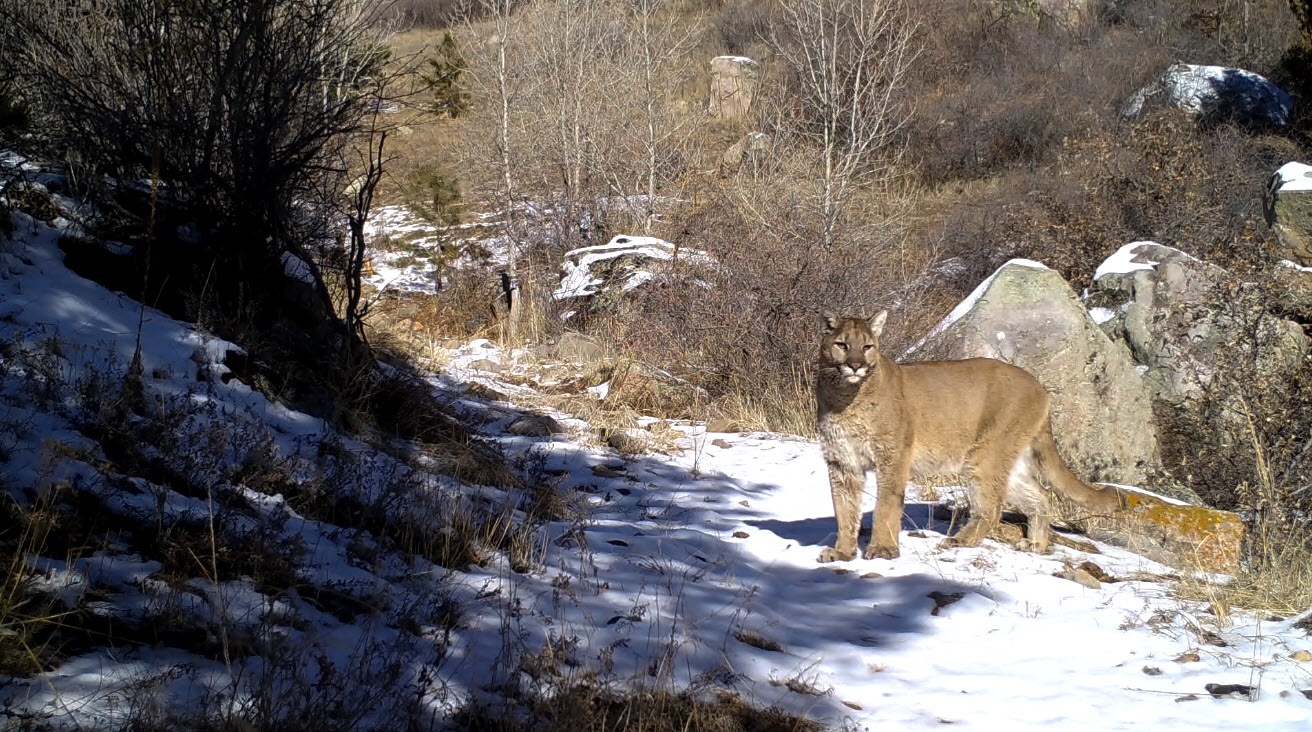
Camera Trapper from Colorado
17 April 2018 8:19pm



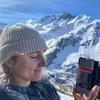









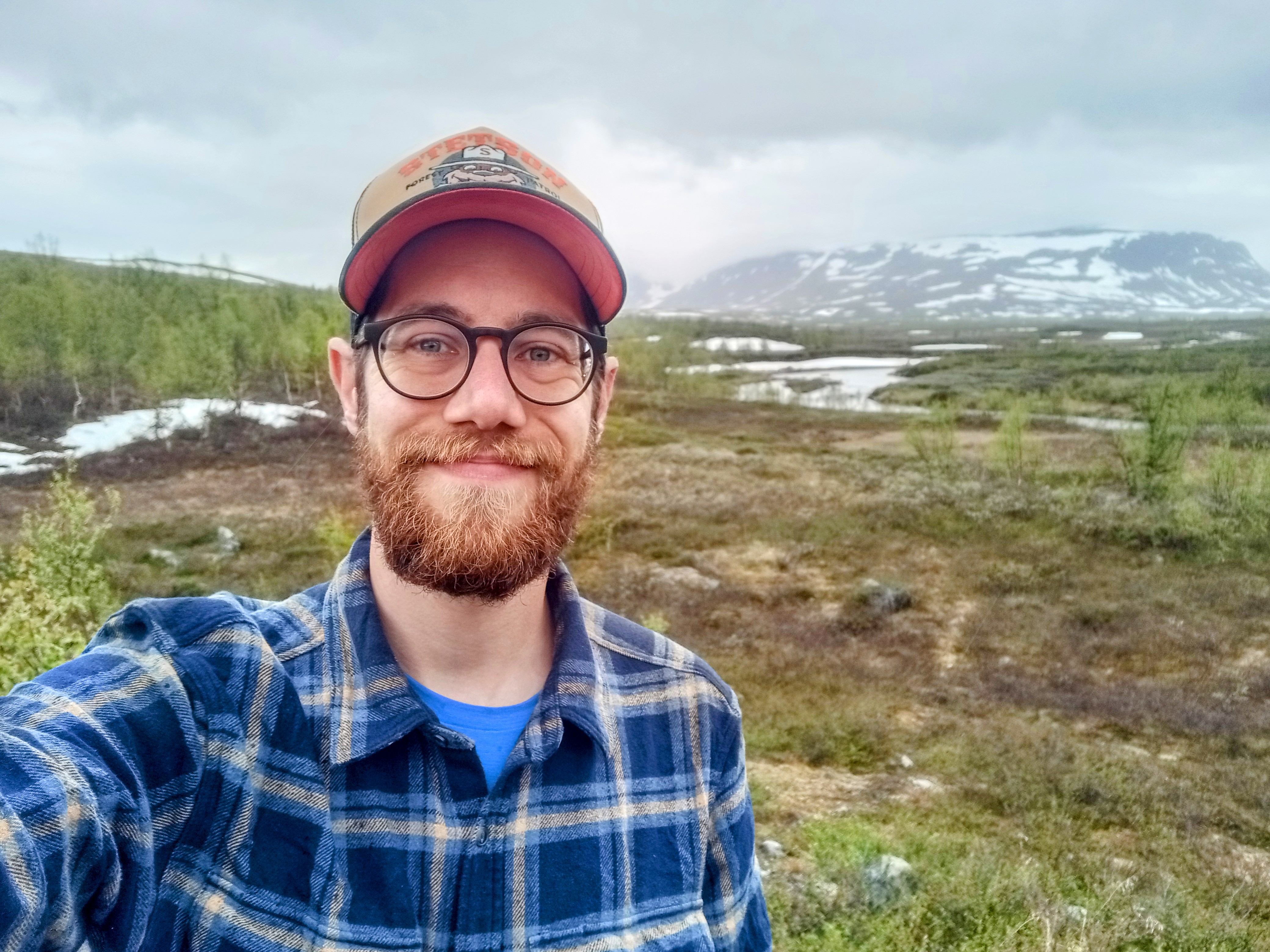




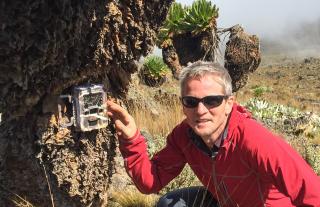



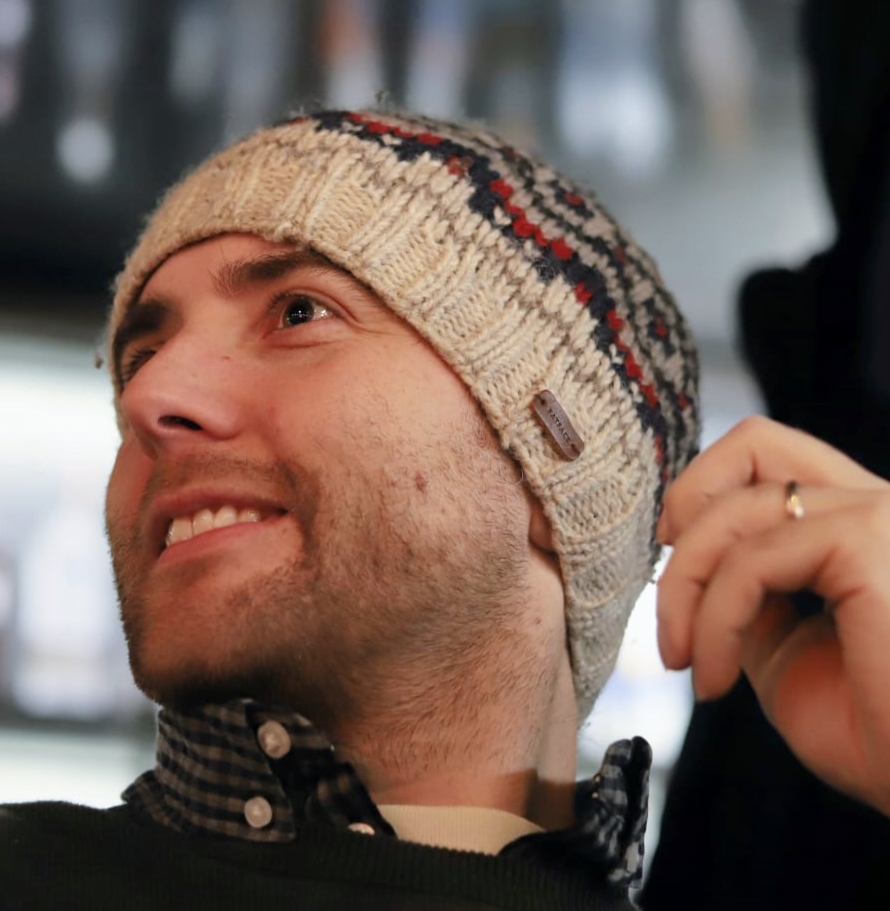











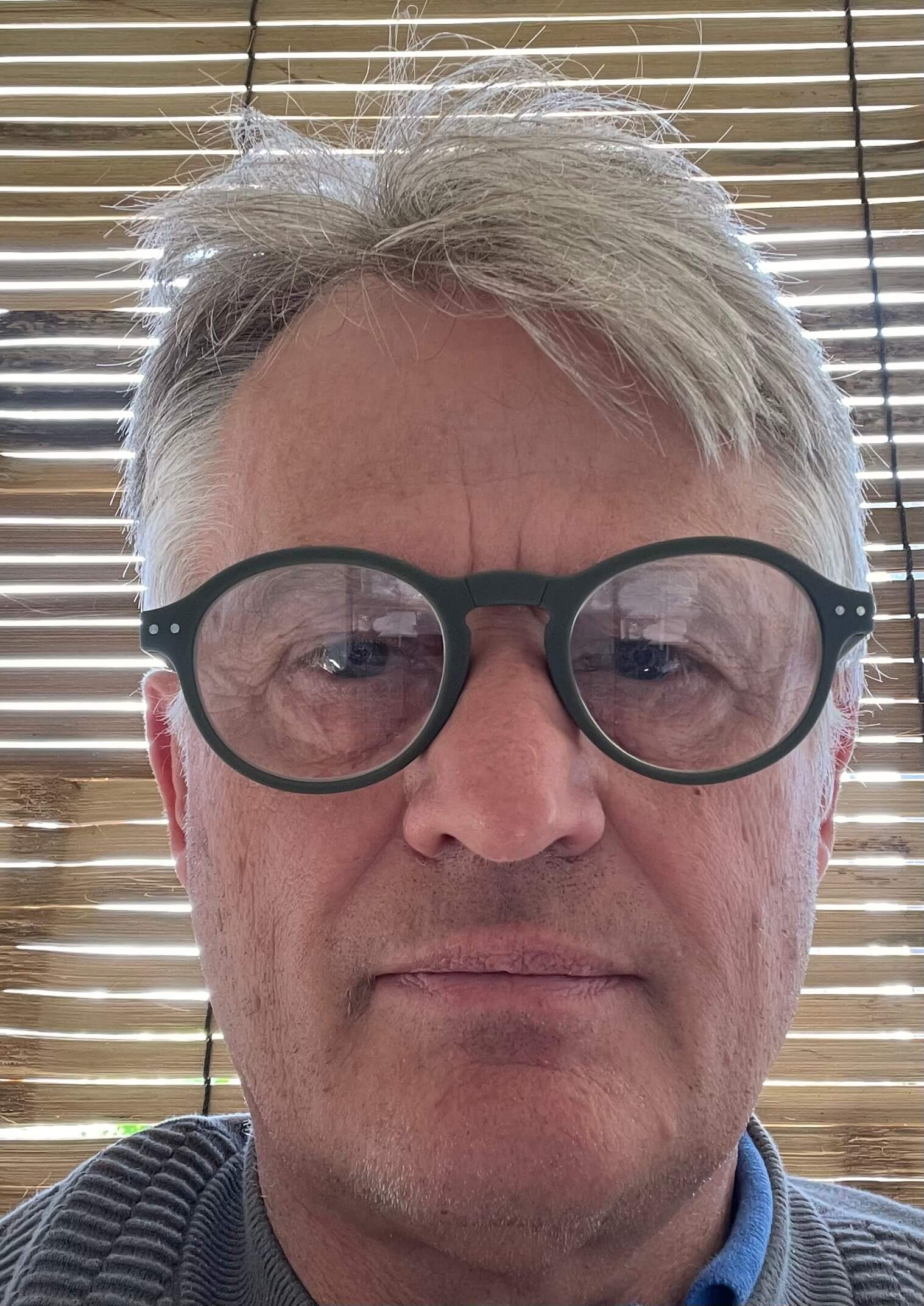



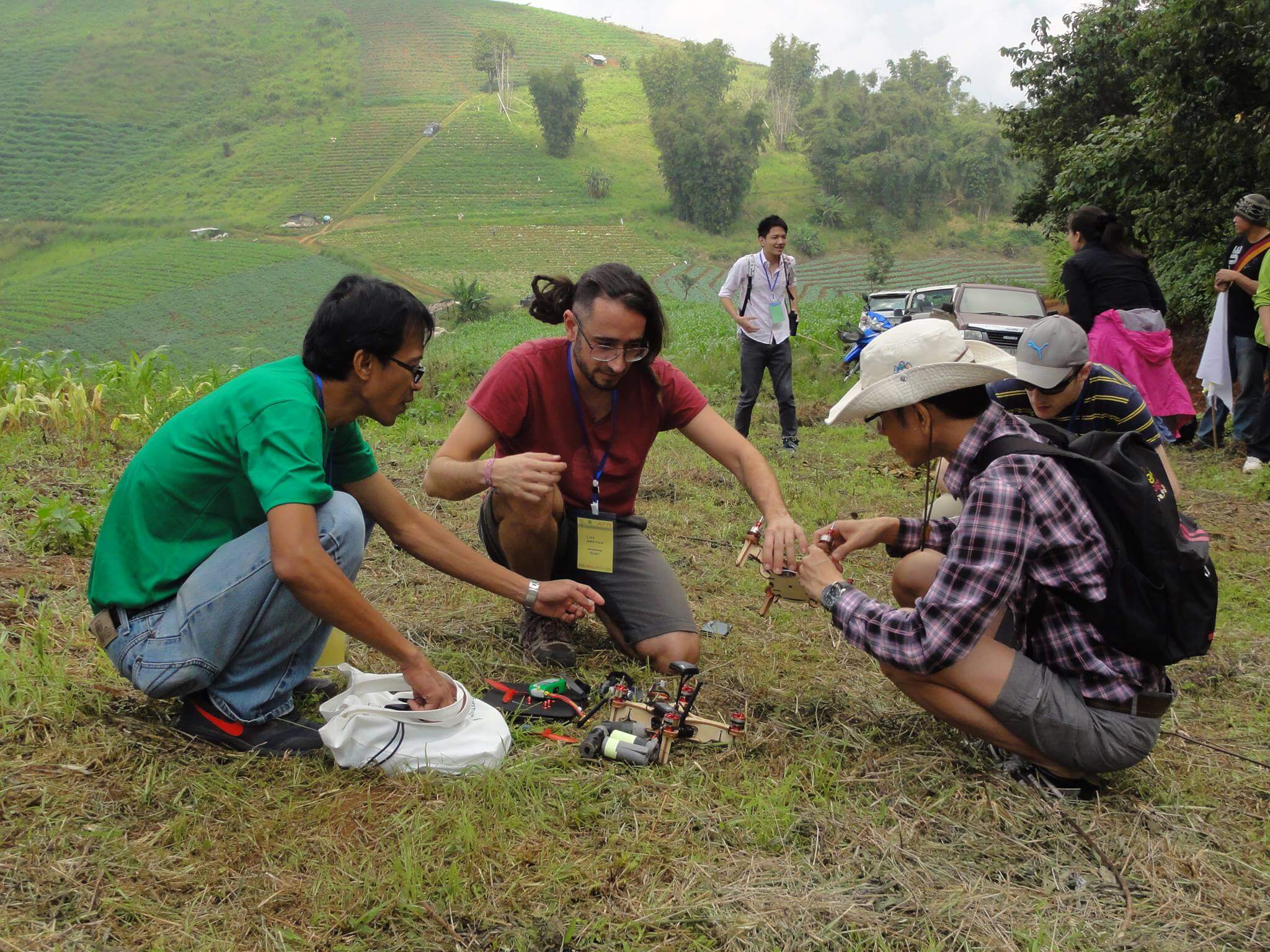


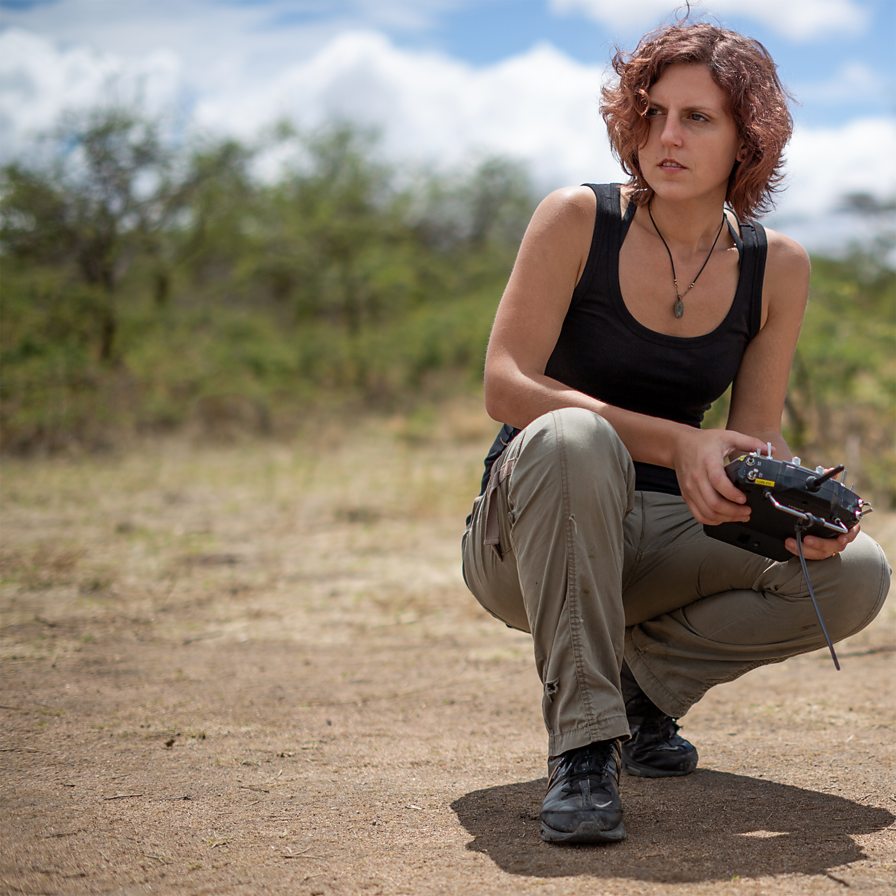

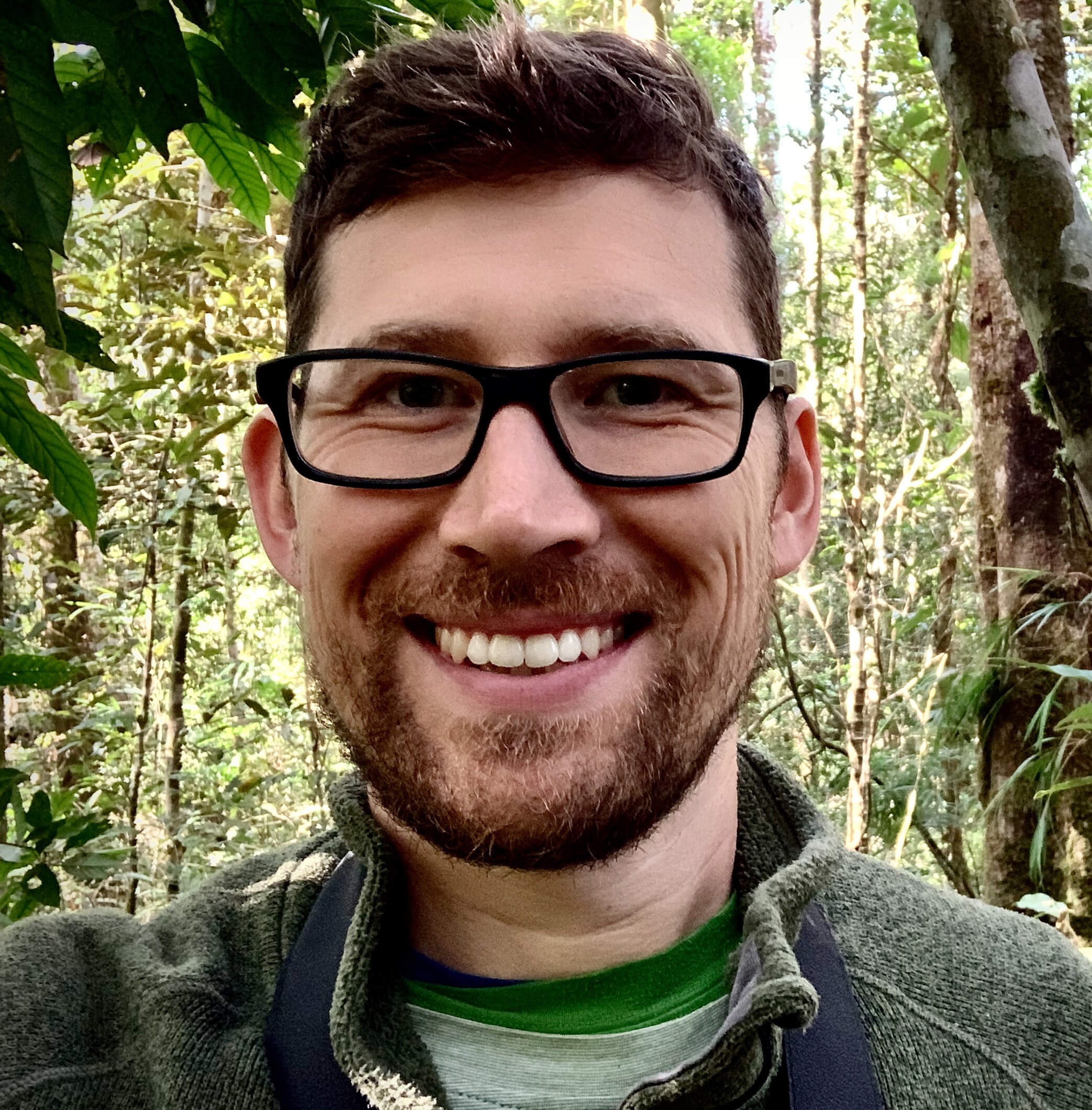











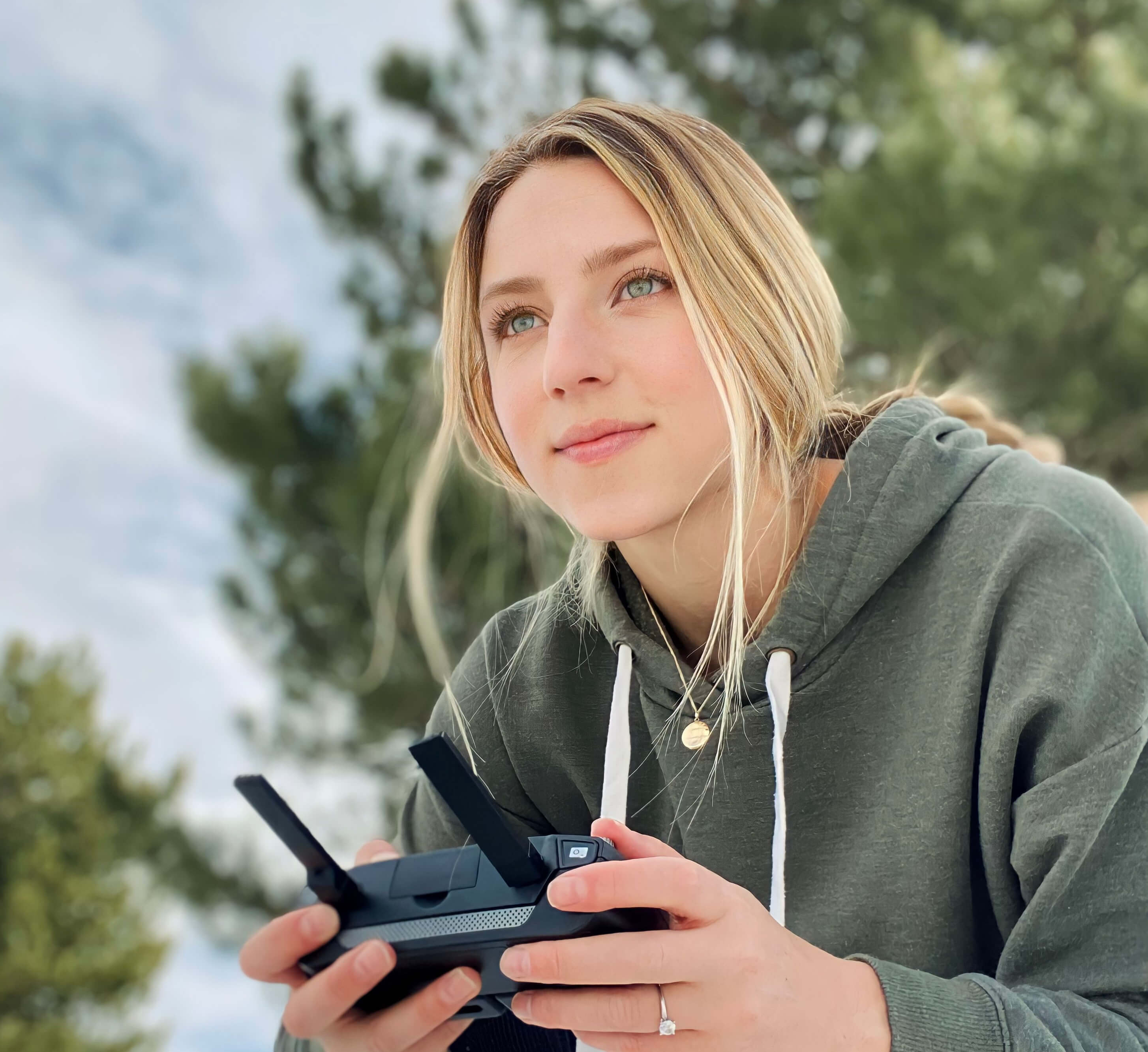



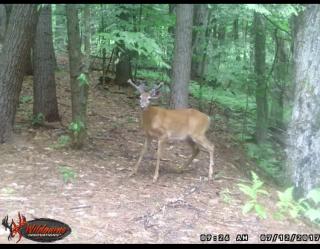






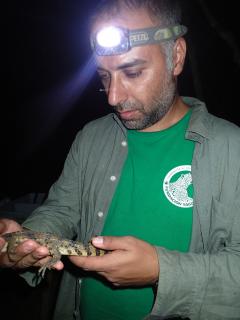
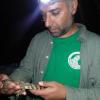


15 April 2019 4:50pm
@arky I'm chatting with Akiba tomorrow and with touch base with you after our conversation. Thanks for your interest!